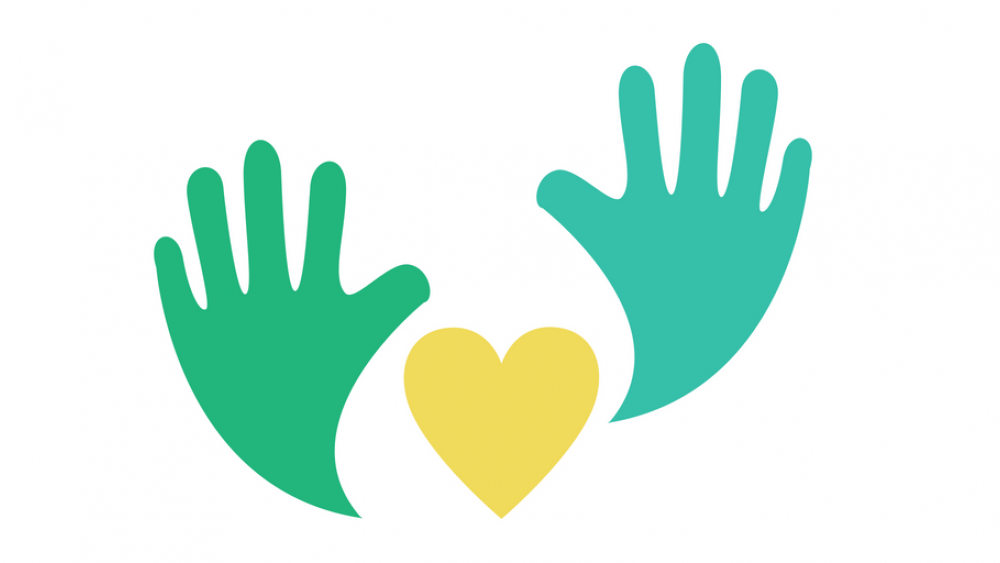By Betsy Peterson, Executive Director
Six Proven Practices in Civic Education
As we make plans for going back to school in the fall, in addition to safety concerns and online learning, administrators are discussing the role of testing and an intense focus on reading and math literacy. The "summer slide" started in March, and although educators, families, and students did their best to continue teaching and learning, the unprecedented circumstances of the COVID-19 quarantine had an impact on retention of basic skills, especially with youth who don't have sufficient access to resources. In this situation, social studies is tragically often put last in priority, when arguably it provides the most essential skills and knowledge for the success of civil society. Learning our history and role in community provides a valued context we all yearn to strengthen and grow.
Reading and math are key to success in life, and they also underlie all of the other disciplines. We cannot stop teaching social studies, science, PE, and the arts to focus on reading and math. We learn best when our knowledge and practice are meaningful to us and connected in a context. These other subjects provide a meaningful context for reading, math, and social emotional learning (SEL).
Building a civil society is the foundation of an education that values all its citizens. Our country has lost faith in politics and even in our fellow citizens' ability to be responsible, informed voters. We all know from Abraham Maslow, that until we feel safe in our communities, learning anything else is difficult. Many states are only requiring one semester of civics throughout K-12, but this paper via iCivics argues that it should be taught early and often. Here at Learning to Give, we wholeheartedly agree. When we make generous citizenship the context through which we teach all the subjects, not only do we build a better civil society, but we encourage happier classrooms and empowered students.
Here are six proven practices that help us build a better civil society (from the white paper "The Republic Is (Still) at Risk, and Civics Is Part of the Solution" via iCivics).
- Offer courses on civics, government, law, and related topics. This informs them about the system and the efficacy of their vote.
- Use class time to discuss current, controversial issues. This increases student knowledge and interest and produces the habit and skill of discourse.
- Teach and use the strategy of service-learning. This is highly effective when students look at underlying problems, seek community expertise, and recognize they can make a difference through their voice and action.
- Give students opportunities to participate in student-led groups. This may include working on shared projects and developing agency.
- Give students voice on school issues and policies so they feel heard and that their influence matters.
- Practice adult civic roles, such as debating, voting, and government processes. This may range from online games to formal groups like Model U.N.
It is hard to know what the coming school year will look like for teachers, staff, students, and families. But there is one thing we know for certain, a focus on civics through a generosity and service lens taps into students’ heads and hearts, enhancing social emotional learning outcomes and overall community.
Most schools have a service requirement for graduation, but only a small percentage of schools teach tools and action of building community. The Science of Giving provides a visual showing the power of generosity and service in education. When teachers expose students to themes of philanthropy in the Learning to Give lessons, evaluations show that their students exhibit more charitable attitudes, beliefs, and behaviors (MSU, 2006).
As educators look to a virtual classroom, in-person days, or a hybrid teaching scenario, Learning to Give has a variety of lessons, activities, training, and resourcces to teach the knowledge, skills, and actions of generosity in community. Our lessons and activities teach students to identify needs, learn about ways to engage in community, and grow knowledge of justice, participation, and what it means to be a citizen of the world. Each and every student has something to give related to their talents and passions.
Learning to Give is a research-based online (free) resource with ready-made materials to help K-12 educators and youth leaders use the above practices and build personal responsibility for civil society. Get started here.
The six practices we highlighted above are developed further in the article THE REPUBLIC IS (STILL) AT RISK – AND CIVICS IS PART OF THE SOLUTION by the Campaign for the Civic Mission of Schools. Written by Peter Levine and Kei Kawashima-Ginsberg, 2017.
